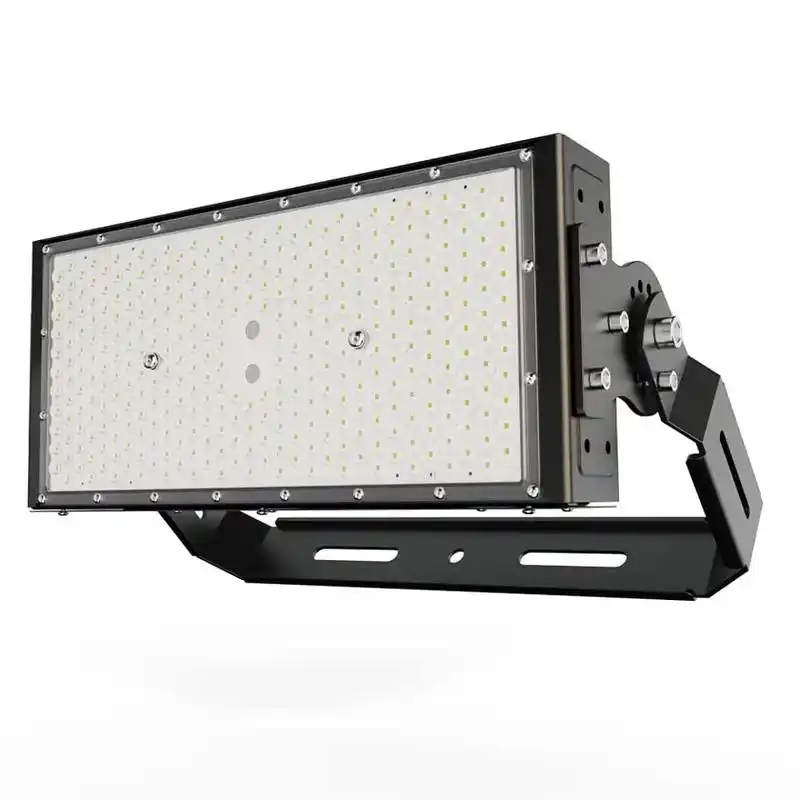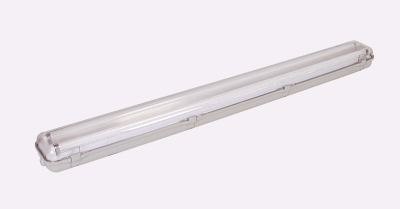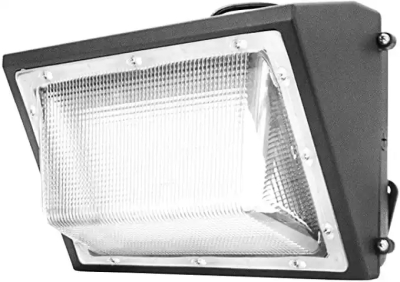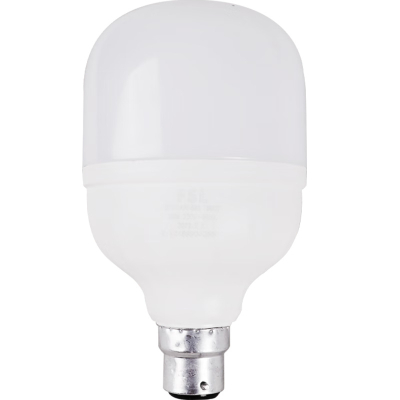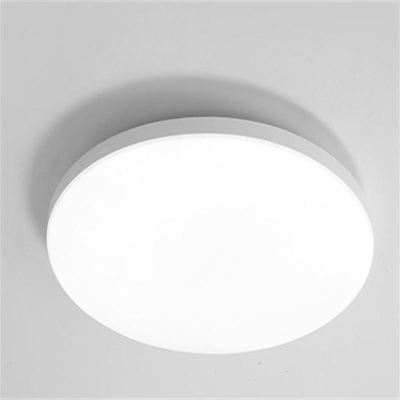Venue Lighting Fixtures
Venue lighting fixtures are essential equipment used to illuminate a wide range of indoor and outdoor spaces where various activities take place. These fixtures are designed not only to provide sufficient light for visibility but also to create a specific atmosphere, enhance the aesthetic appeal of the venue, and support the nature of the events held there.
Venue lighting fixtures are essential equipment used to illuminate a wide range of indoor and outdoor spaces where various activities take place. These fixtures are designed not only to provide sufficient light for visibility but also to create a specific atmosphere, enhance the aesthetic appeal of the venue, and support the nature of the events held there.
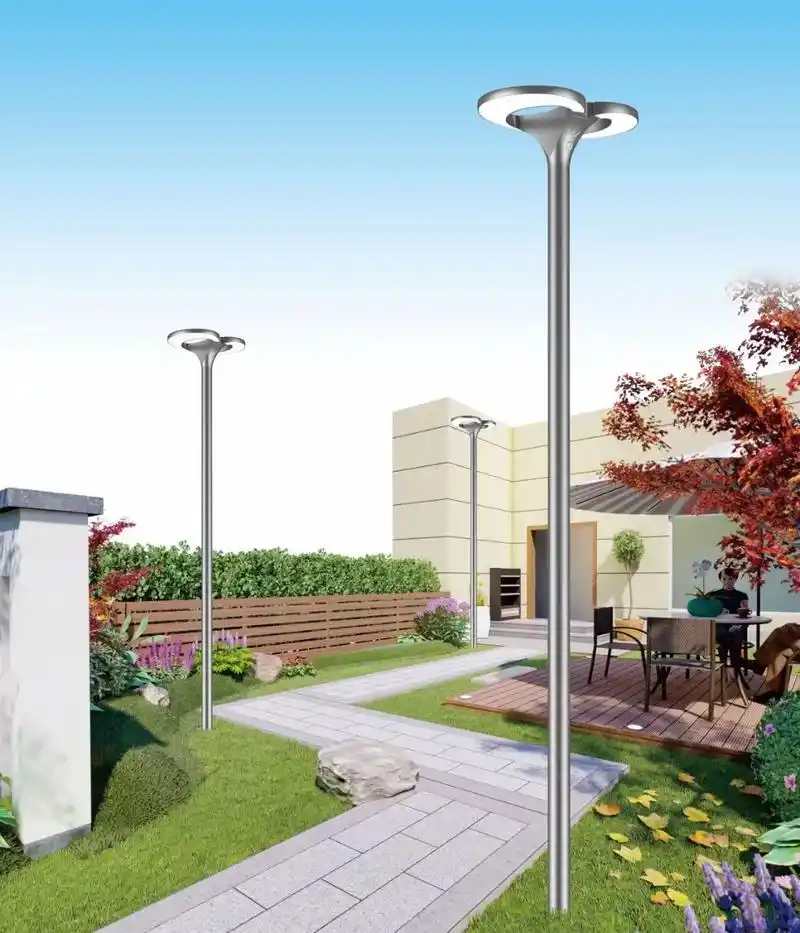
1.Function and Beam Characteristics:
1)Floodlights are known for their wide - angle illumination. They project a broad, diffused beam of light that can cover a large area. The beam spread can range from a relatively narrow angle of around 30 - 60 degrees to an extremely wide angle of up to 180 degrees. This makes them ideal for lighting up large outdoor spaces such as sports stadiums, parking lots, and building facades.
2)For example, in a large - scale outdoor concert venue, floodlights are used to evenly light up the entire audience area and the surrounding landscape. The light intensity is generally high to ensure good visibility over a large distance.
Lamp Types and Wattages:
Floodlights can use different types of lamps. Traditional halogen floodlights are still in use in some cases, with wattages ranging from 300 - 1000 watts. However, LED floodlights are becoming more popular due to their energy - efficiency. LED floodlights can have wattages from 50 - 500 watts, depending on the required brightness and coverage area. The color temperature of floodlights can vary, with options for cool - white (around 5000 - 6000K) for a bright, crisp light or warm - white (around 3000 - 4000K) for a more inviting glow.
2. Spotlights
1)Spotlights are designed to provide a highly concentrated beam of light. They are used to highlight specific objects, individuals, or areas within a venue. The beam angle of spotlights is usually much narrower than that of floodlights, typically ranging from 5 - 45 degrees. This allows for a very focused illumination, such as highlighting a solo performer on a stage or a particular exhibit in a museum.
2)In a theater production, spotlights are carefully aimed to follow the actors as they move across the stage, creating a dramatic effect and drawing the audience's attention.
(3)Adjustable Features:
Spotlights often come with adjustable features. The focus can be adjusted to make the beam more or less concentrated. Some advanced spotlights also allow for the adjustment of the beam shape and the addition of gobos (patterns) to project different shapes or textures onto the lit object. The color of the light can be changed using color filters or built - in RGB (Red - Green - Blue) LED systems, enabling a wide range of creative lighting effects.
3.Stage Wash Lights
1) Even Illumination for Stages:
Stage wash lights are used to provide a uniform, soft - edged illumination across a stage. They are typically used to create a base level of light that covers the entire performance area. The beam spread of wash lights is usually wider than that of spotlights but not as wide as floodlights, often ranging from 60 - 120 degrees.
In a dance performance, stage wash lights can create a bright and even backdrop, allowing the dancers' movements to be clearly seen without harsh shadows.
2)Color - mixing Capabilities:
Many stage wash lights have excellent color - mixing capabilities. They can produce a wide range of colors by combining different intensities of red, green, and blue LEDs. This allows lighting designers to create dynamic color schemes that can change throughout a performance to match the mood or theme of the show. Some wash lights also have the ability to produce pastel colors and gradients, adding to the artistic possibilities.
4.Par Lights (Parabolic Aluminized Reflector Lights)
1)Versatile Lighting Solution:
Par lights are a versatile type of lighting fixture. They have a parabolic reflector behind the lamp that helps to focus and direct the light. They come in different sizes, such as PAR30, PAR38, PAR56, and PAR64, with the number indicating the diameter of the lamp in eighths of an inch.
Par lights can be used for a variety of purposes. In a concert setting, they can be used as both wash lights and spotlights. When used as wash lights, they provide a broad, even illumination. When used as spotlights, they can highlight specific areas of the stage or the performers.
(2)Lamp Options and Beam Patterns:
Par lights can use incandescent, halogen, or LED lamps. The beam pattern can vary from a narrow spot to a wide flood, depending on the lens and reflector design. The color temperature of par lights can be adjusted using different lamp types or color filters. They are also known for their ability to project light over a relatively long distance with good intensity.
(3)Intelligent Lighting Fixtures
Programmable and Dynamic Lighting:
Intelligent lighting fixtures are at the forefront of modern venue lighting. These fixtures can be programmed to create complex lighting sequences and effects. They often have built - in motors that allow for movement in multiple axes, such as pan (horizontal rotation), tilt (vertical rotation), and zoom (adjusting the beam width).
In a large - scale event such as a music festival, intelligent lighting fixtures can be programmed to move in sync with the music, creating a visually stunning display. They can also respond to external triggers such as DMX (Digital Multiplex) signals from a lighting console, allowing for precise control over the lighting effects.
2)Advanced Features:
These fixtures usually have advanced color - mixing systems that can produce a vast array of colors and color - changing effects. Some intelligent lights can also project images or patterns, either through built - in gobos or by using digital projection technology. They are highly customizable and can be used to create unique and immersive lighting experiences for any venue or event.

III. Components and Their Functions
The light source is the heart of the lighting fixture. In modern venue lighting, LEDs are the most commonly used light source due to their numerous advantages. LEDs have a high lumen - per - watt ratio, which means they are energy - efficient and can produce a lot of light with relatively low power consumption. They also have a long lifespan, often rated at 25,000 - 50,000 hours or more. The color accuracy of LEDs is measured by the color rendering index (CRI). A high CRI (ideally above 85) indicates that the light source can accurately reproduce the colors of objects, which is crucial for applications such as art galleries and product displays.
The reflector is used to direct and shape the light beam. It can be made of materials like polished aluminum or other reflective coatings. The shape of the reflector, such as parabolic or elliptical, determines how the light is focused and spread. The lens, on the other hand, further refines the beam. A convex lens can spread the light to create a wider beam angle, while a concave lens can focus the light to a narrower angle. Some lighting fixtures have adjustable lenses that allow for variable beam angles, giving the user more control over the lighting effect.
The housing of the lighting fixture serves to protect the internal components from environmental factors such as dust, moisture, and physical damage. It is usually made of metal or durable plastic. The mounting mechanism allows the fixture to be securely attached to different surfaces such as trusses, ceilings, walls, or stands. Some fixtures have adjustable mounting brackets that enable the user to easily change the direction and angle of the light.
The power supply provides the electrical energy needed to operate the light source. For LED fixtures, a constant - current power supply is often required to ensure stable light output. The control system is what enables the user to adjust the lighting parameters. This can include dimming the light, changing the color temperature, or programming complex lighting sequences. Many modern venue lighting fixtures use DMX (Digital Multiplex) or other digital control protocols to communicate with a central lighting console, allowing for coordinated and precise control of multiple lights.
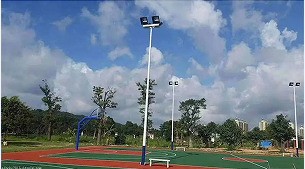
IV. Applications in Different Venues
1. Theaters and Performing Arts Centers
In theaters, venue lighting fixtures are used to create different moods and atmospheres for various productions. Spotlights are used to highlight the actors and their expressions, while wash lights provide a base illumination for the stage. The use of color - changing lights can enhance the emotional impact of a scene. For example, a red - tinted light might be used to create a sense of passion or danger, while a blue - tinted light can evoke a calm or melancholy mood.
2. Sports Stadiums and Arenas
Adequate lighting is essential for sports events. Floodlights and high - intensity spotlights are used to ensure that the playing field is well - lit for the players and that the action can be clearly seen by the spectators. The lighting also needs to meet the requirements for television broadcasting, with proper color temperature and intensity to accurately depict the game. Additionally, in stadiums, lighting fixtures can be used to create an exciting atmosphere during pre - game shows and halftime events.
3. Convention and Exhibition Halls
In these venues, lighting fixtures need to be flexible to accommodate different types of events. For exhibitions, the lighting should showcase the products in the best light, with the right amount of illumination and color accuracy. Wash lights and spotlights are often used to highlight specific booths or exhibits. For conventions, the lighting can help to define the space, such as illuminating the stage for speakers and providing ambient light for the audience area.
4. Nightclubs and Entertainment Venues
In nightclubs, venue lighting fixtures play a crucial role in creating a lively and immersive atmosphere. Intelligent lighting fixtures with their dynamic effects, such as moving beams, color - changing patterns, and strobe effects, are often used. The combination of different lighting fixtures, such as LED strip lights along the walls and ceiling - mounted moving heads, can transform the space into a vibrant and energetic environment that enhances the club - goers' experience.

